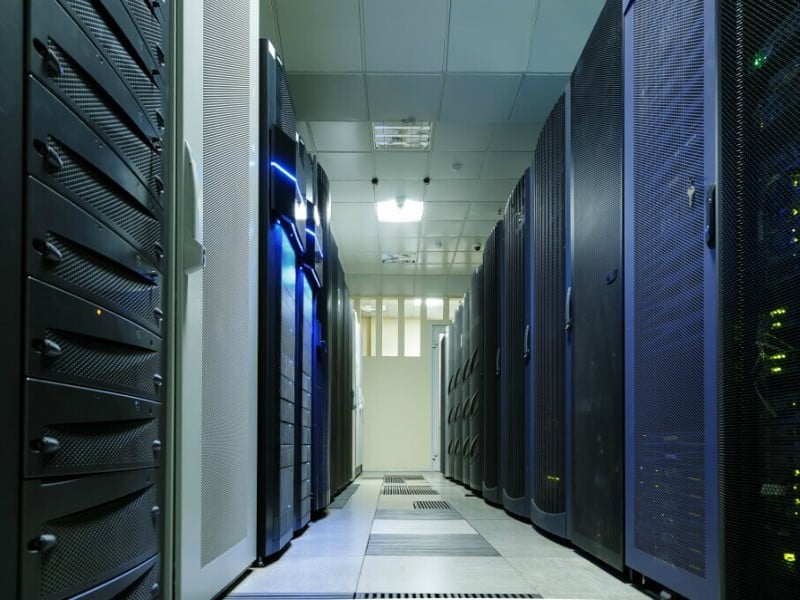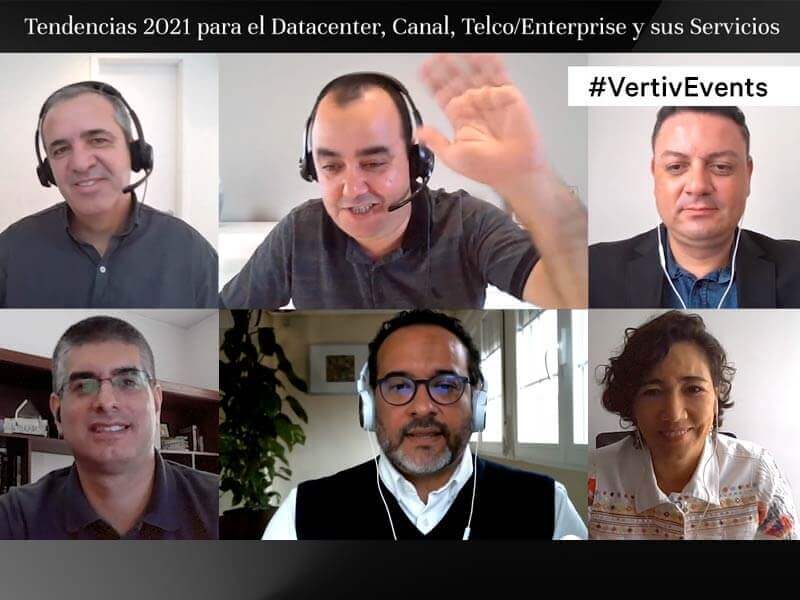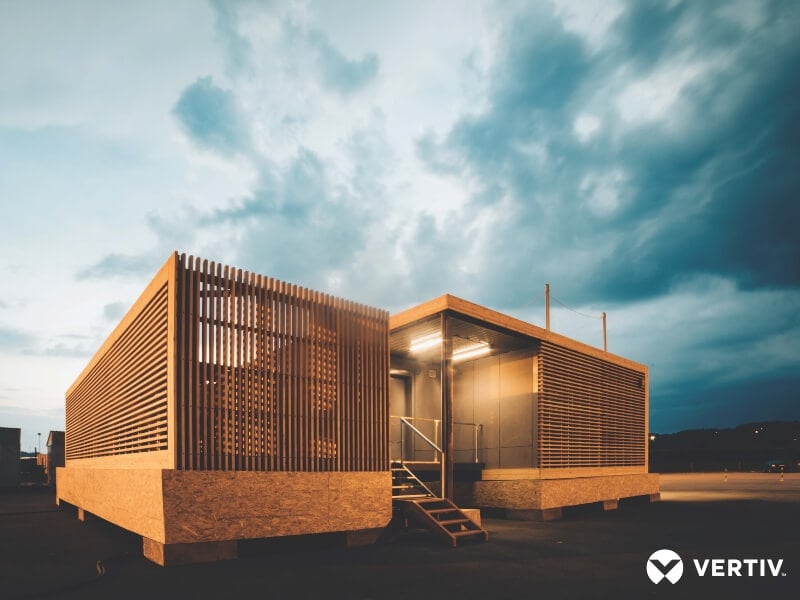Digital Transformation is a driving factor in the LATAM economy, and colocation data centers are a building block at this strategy, with direct impact over the region GDP. According to a study by IDC Latin America published in 2020, by 2022 40% of our region's GDP will consist of digital businesses. This will require an IT spending of up to $ 460 billion. Of this total, 35% will be invested in cloud computing solutions. This trend is corroborated by a study by the research institute Aritzon, also in 2020. The company points out that, by 2026, the market for data centers in Latin America will reach US $ 780 billion.
Where there are digital businesses there are, too, colocation data centers, the most thriving segment in the critical digital infrastructure space. Today, according to the Data Center Map, there are more than 150 colocation data centers in operation from Mexico to the south of South America.
A data center that offers colocation services provides its customer with a dedicated space that supplies the entire infrastructure for hosting racks with servers, routers, etc of the user company. This infrastructure includes energy solutions, thermal systems and environmental monitoring software, which are vital technologies for the data center’s operations continuity.
Hyperscale Sites Reach Chile, Colombia and Mexico
Hyperscale data centers that are operated in the colocation model host the biggest cloud providers on the planet. Floor space demand in these data centers is such that, in some cases, it demands the construction of huge sites around 5,000 square meters. According to AFCOM, the US association for data centers professionals, this is a large hyperscale datacenter. The mega sites have up to 22,000 square meters. In Latin America, the colocation hyperscale data centers expansion movement started in Brazil, and, throughout 2020, it advanced to Chile, Colombia and Argentina, and it keeps building units in other Latin America countries, such as Mexico.
Many data centers belong to big companies that wish to ensure the consistency of their infrastructure throughout Latin America. These service providers are certified as Tier IV or Tier III. Uptime Institute Tier Standard certifications are the standard for the global market of projecting, building and operating data centers. Tier levels are matched to business needs, with the higher levels requiring infrastructure to provide more redundancy and fault tolerance. Holding these stamps require an excellent and continuous management, regardless of where the colocation hyperscale data center is installed.
The demand for LATAM data center industry high availability and homogeneous processes is leading the large colocation sites of the region to require a regional, and not local, perspective from their suppliers regarding their critical infrastructure. The expansion speed of this kind of site is so fast that some suppliers are remodeling their internal processes in order to fully perform as a customer-centric company. In this model, all internal teams – engineering, project, logistics, services, finance, and Human Resources – have a single focus: anticipating and solving the current and future requirements of colocation data centers, an ever-evolving environment.
ISPs and Telecom Operators Are Also Competing For This Market
In the last few years, colocation data centers of varying sizes implemented with Telecom providers and ISPs are also multiplying. It is worth noting that a colocation site considered small today is four times bigger than what would be a small colocation data center ten years ago.
The increasing adoption of edge computing solutions in Latin America will contribute to the number of colocation data centers increasing even more. According to the survey Data Center 2025: Closer to the Edge, conducted in 2019 by Vertiv and based on interviews with 800 data center managers, the number of edge computing sites is expected to grow 226% by 2025 (worldwide data). With the rollout of 5G networks and the growing demand for data processing close to the data consumption point, this expansion will be even bigger. By the end of this decade, we are projected to have thousands of these centers in Latin America.
São Paulo, Rio de Janeiro, Buenos Aires and Mexico City Are the Region Hubs
In terms of geography, colocation data centers expansion can be seen in all regions. Colocation data centers’ presence has been a reality in Brazil for several years – 65 sites, according to the Data Center Map. Recently, countries such as Peru, Uruguay and Paraguay are also working on colocation projects. A study by Equinix, released in April 2020, shows the Latin American cities that 90% of the data processed by their colocation data centers in the region go through São Paulo, Rio de Janeiro, Buenos Aires and Mexico City.
The expansion of colocation data centers in Latin America still faces challenges. These companies’ competitiveness increasingly depends on energy consumption optimization. A study conducted by the U.S. government in 2016 showed that data centers were responsible for 1% of electrical energy total consumption in the U.S.
According to a survey conducted by the Uptime Institute, electricity represent up to 44% of a data center operating expenditures. For colocation sites, energy efficiency plays a critical role in determining competitive service prices. Advanced critical infrastructure and thermal systems are part of the solution for efficiency. Thermal efficiency options gaining traction include Evaporative Coolers and solutions that use water and air cooling simultaneously. These new technologies have increasingly been adopted by colocation data centers in Brazil, Chile and Colombia.
Due to the high cost of building and operating colocation data centers, there is a growing demand for pre-fabricated data centers, designed, assembled and tested in Brazil and exported to countries in the region. Pre-fabricated data centers reduce the time between design and deployment to 4-5 months, which improves the Return On Investment for these projects.
The Challenge Of the Colocation Data Center Continuous Optimization
Another big challenge is the continuous optimization of the colocation data center critical infrastructure. Our region has teams of professionals trained and certified in best practices for data center project and management - experts who already support dozens of colocation data centers in several countries. Brazil, Chile, Colombia, Mexico and Argentina, among other countries, rely on these qualified professionals, who collaborate and share knowledge.
All data centers are critical and the colocation data center is decisive for the success of thousands of Latin American companies. It is key that, in 2021, these data centers advance in terms of availability, connectivity and energy efficiency. This will determine the future of our region’s digital economy.





